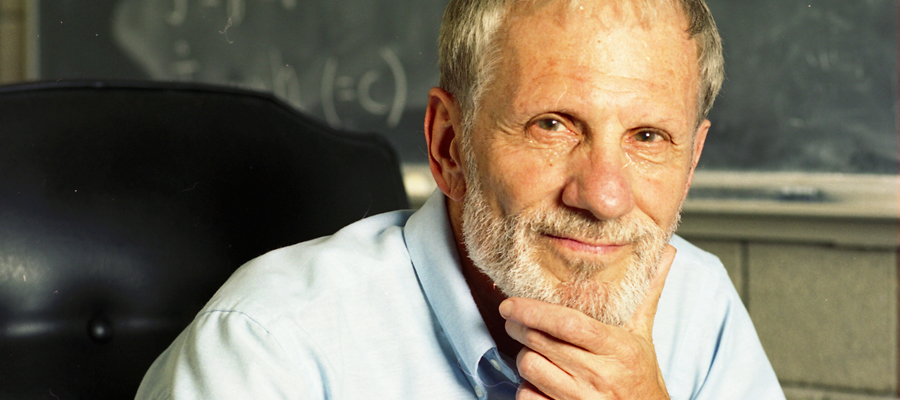In Memoriam

MORT GURTIN
Morton E. Gurtin, a professor emeritus from the Department of Mathematical Sciences, passed away on April, 20, 2022, following a long illness. He was 88 years old.
Gurtin was well known in the fields of nonlinear continuum mechanics and thermodynamics, with recent emphasis on applications to problems in materials science.
He graduated with a bachelor’s of science degree in mechanical engineering from Rensselaer Polytechnic Institute and worked as a structural engineer at Douglas Aircraft and General Electric prior to earning his doctorate in applied mathematics from Brown University. He taught at Brown and rose to the rank of associate professor.
He joined Carnegie Mellon in 1966 as a full professor, where he established the Center for Nonlinear Analysis at CMU and was a founding member of the Society of Natural Philosophy. Prior to retiring in 1992, Gurtin was named the Alumni Professor of Mathematics. He published more than 250 papers and lectured throughout the United States, Europe, South America and Japan.
He earned many accolades including being named a Guggenheim Fellow and Senior Fulbright-Hays Research Fellow (1974), Honorary Fellow at the University of Wisconsin’s Mathematics Research Center (1981-1982), Ordway Professor (1990) at the University of Minnesota, and receiving Carnegie Mellon’s Richard Moore Education Award (1999), the Agostinelli Prize (2001) from the Academia Nationale dei Lincei, Italy, and the Timoshenko Medal for distinguished contributions in Applied Mechanics (2004).
In his acceptance speech for the Timoshenko Medal, Gurtin said that he was lucky person to spendhis life in mathematics.
“It’s difficult to describe to a lay person that wonderful, almost magical moment of revelation in the solution of a problem or in the understanding of a concept,” Gurtin said. “I try to frame rational theories of continuum physics. Once in a while I am successful, most often I am not. And the work is very painful. But the successful theories are worlds, exciting worlds through which I can roam, perhaps for just moments, but those moments, like no other, are free of the ambiguity, confusion and meaninglessness that pervade most of everyday life.”
Gurtin advised many students throughout the years including alumnus Marion Oliver, who is now a teaching professor of mathematics at Carnegie Mellon’s Qatar campus.
“Mort was my teacher, my mentor and my friend. He had a very big heart and a soul that matched,” Oliver said. “He had no problem taking on underdogs to help right some of the wrongs in this world. I was one of those underdogs who benefited from his efforts. I will forever be grateful that he included me in his extended family.”
■ Heidi Opdyke
